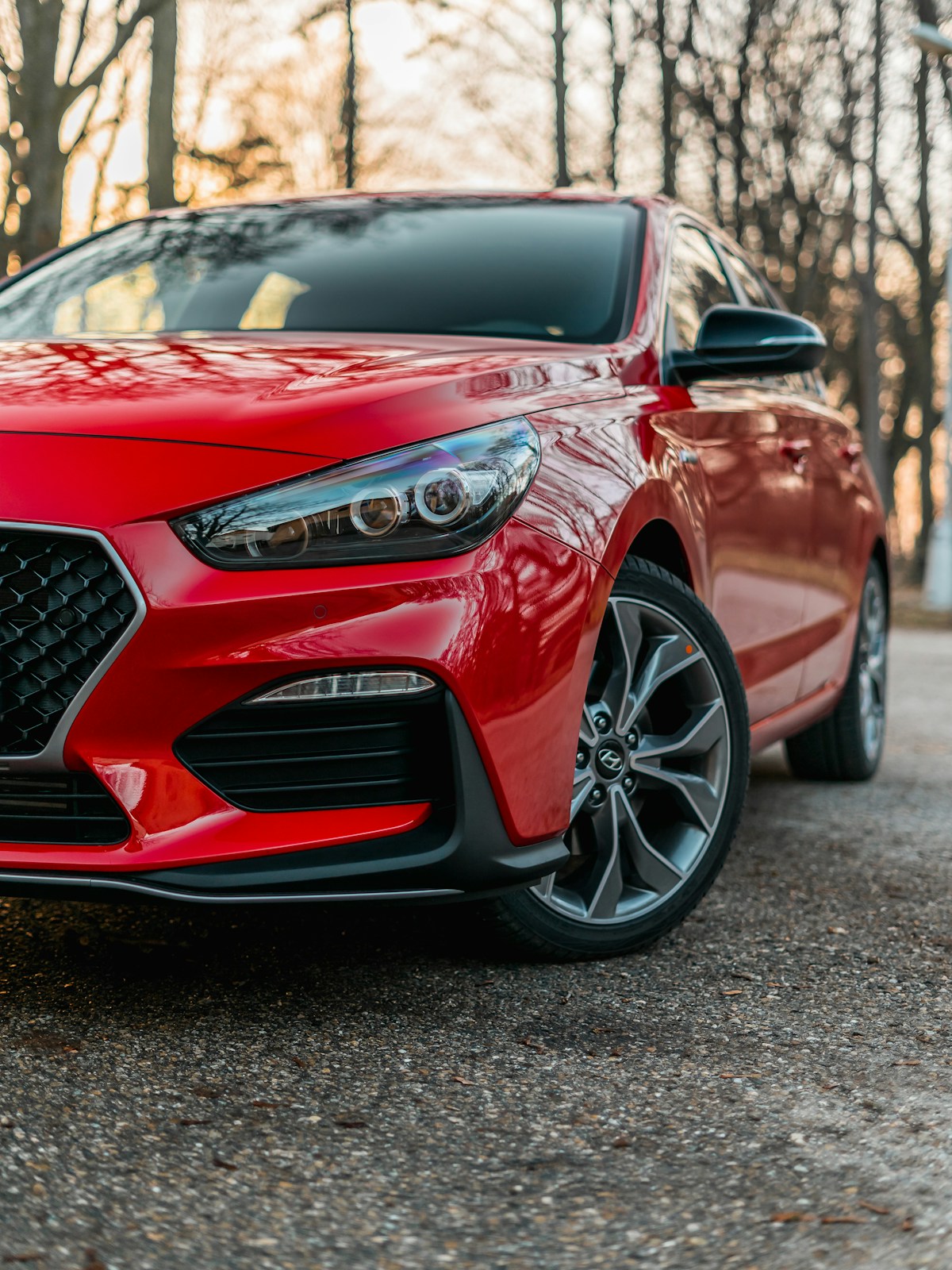AMD dropped a bomb on PC gamers in late October by quietly announcing that RX 5000 and 6000 series graphics cards (RDNA 1 and RDNA 2 architectures) were being put into “maintenance mode” on Windows. What that means in plain English: your perfectly good GPU isn’t getting new game optimizations anymore. Future driver updates are reserved exclusively for RX 7000 and RX 9000 cards. Security fixes and bug patches? Sure. Performance boosts for new games like Battlefield 6? Nope. Buy newer hardware.
For Windows gamers, it’s a frustrating middle finger from a company that still expects them to upgrade after just five years. But here’s where it gets interesting: Linux gamers won’t be affected at all. Not even a little bit. In fact, this entire situation perfectly illustrates why Linux might be the smarter choice for PC gaming long-term.
Why Windows Gamers Are Fuming
AMD’s decision to sunset RDNA 1 and RDNA 2 cards feels particularly harsh because these architectures were cutting-edge just a few years ago. The RX 6000 series launched in 2020 and models continued releasing as recently as 2023. Telling people their nearly-new hardware is now “legacy” after five years is a brutal play that clearly prioritizes pushing expensive new cards over supporting existing customers.
The kicker is that AMD actively marketed RDNA 2 cards for years, making them the sensible choice for value-conscious gamers. “Buy now,” AMD essentially said. “You’re getting incredible performance.” And those gamers did buy. Then, five years later, AMD turns around and says “sorry, we’re done optimizing your cards for new games.” It’s the kind of move that builds resentment and drives customers toward Nvidia.
What “Maintenance Mode” Actually Means
To be clear about the distinction: AMD isn’t dropping support entirely. RX 5000 and 6000 cards will still get driver updates for critical security patches and bug fixes. What they won’t get are game-specific optimizations. When a new AAA title launches, AMD’s engineers won’t be tuning driver performance for older cards. They’ll spend that time optimizing for newer hardware instead.
For competitive gaming, this is basically a death sentence. As new games launch with increasingly demanding graphics settings, your card’s performance will gradually decay relative to new optimizations on newer GPUs. You’re not losing support instantly, but you are losing the ability to keep up with performance improvements that newer cards will receive.

Linux Gamers: Completely Untouched
Here’s the beautiful part: Linux gamers using AMD cards won’t see any impact from this decision whatsoever. Zero. None. Why? Because Linux uses an entirely different driver ecosystem that AMD can’t control the way it controls Windows.
While Windows relies on AMD’s proprietary Adrenalin driver, Linux primarily uses Mesa, an open-source graphics driver collection. More specifically, Linux gamers use RADV, a community-driven Vulkan driver that was developed completely independently of AMD. When AMD discontinued their own official AMDVLK driver in September 2025, they made a strategic decision to fully back RADV instead of maintaining two competing drivers.
The Power of Open Source
This decision actually strengthens Linux gaming support. RADV is maintained by multiple companies and individuals including Valve, Google, and Red Hat. These aren’t random volunteers – they’re massive tech companies with vested interests in keeping AMD GPU support robust. Valve in particular has every reason to ensure SteamOS and Steam Deck (which uses AMD APUs) gets top-tier driver support.
More importantly, because RADV is open source, if AMD decided tomorrow to stop contributing to the project entirely, the community could pick it up and keep maintaining it. That’s impossible with Windows drivers. You can’t fork a closed-source driver. If AMD stops optimizing, Windows gamers are genuinely stuck.
Better Support Than Windows
Linux AMD driver support actually spans much further back than Windows support. The kernel driver goes all the way back to GCN 1.2 architecture, which includes ancient cards like the R9 390X and Fury X from 2015. Meanwhile, AMD has put cards from 2020 into maintenance mode on Windows. Linux’s open-source approach means older GPUs get maintained better than newer ones do on Windows.
What This Means Long-Term
AMD’s Windows decision is a symptom of a broader industry problem: proprietary closed-source drivers leave consumers at the mercy of corporate whims. When you buy a graphics card on Windows, you’re not buying hardware – you’re buying the privilege of using that hardware as long as AMD decides to support it. The moment it becomes inconvenient to support your card, support ends.
Linux operates on completely different principles. Even if AMD withdrew all support tomorrow, Linux gamers would continue receiving driver improvements because the code is open and community members can maintain it. This is why Linux gaming has historically enjoyed longer support windows for older hardware.
A Practical Example
Valve benefits directly from keeping old AMD GPUs working on Linux. The Steam Deck uses AMD hardware, and Valve needs driver support for that hardware to keep functioning for years. They have the resources and motivation to maintain drivers independently if necessary. On Windows, that same motivation doesn’t exist for any company. AMD controls the market and can simply decide to cut support whenever they want.
The Irony of AMD’s Decision
AMD likely made this decision to push customers toward newer cards, but it actually makes a compelling argument for Linux gaming instead. Linux gamers get the same AMD GPU hardware but with the assurance that their investment will remain playable for significantly longer. The irony is beautiful: by restricting Windows driver support, AMD has accidentally made Linux a more appealing platform for gamers who buy AMD cards.
This isn’t to say Linux is perfect. Getting Linux gaming set up can require more technical knowledge than Windows, driver setup can be finicky, and not every game officially supports Linux. But for gamers specifically concerned about long-term driver support and GPU viability, Linux suddenly looks a lot more attractive.
FAQs
Does the AMD driver change affect Linux gamers at all?
No. AMD’s decision to put RX 5000 and 6000 series cards into maintenance mode applies exclusively to Windows drivers. Linux uses a completely separate open-source driver system (Mesa/RADV) that is unaffected by AMD’s Windows decisions.
Will RX 6000 cards still work on Linux?
Yes, absolutely. RX 6000 cards will continue to receive driver updates and optimizations on Linux through the RADV driver. Linux GPU support is typically more robust and longer-lasting than Windows support.
What is RADV and who maintains it?
RADV is an open-source Vulkan driver for AMD GPUs on Linux. It was originally developed by the community independently of AMD. Today it’s maintained by multiple companies including Valve, Google, and Red Hat, plus community contributors. AMD discontinued their official AMDVLK driver in September 2025 to consolidate support around RADV.
Will AMD ever cut Linux driver support?
Even if AMD stopped contributing to RADV development, Linux gamers would remain protected because the driver is open-source. Other companies or community members could pick up maintenance. This is impossible with Windows proprietary drivers.
How far back does Linux AMD driver support go?
Linux AMD GPU drivers support hardware dating back to the GCN 1.2 architecture from 2015, including cards like the R9 390X and Fury X. This is significantly longer support than AMD provides on Windows.
Is Linux gaming a viable alternative to Windows?
Linux gaming has improved dramatically in recent years, especially with Proton enabling Windows games to run natively on Linux. For gamers concerned about long-term GPU driver support, Linux is actually a better choice than Windows for AMD hardware.
Does the RX 5000 and 6000 driver change mean these cards are no longer supported?
On Windows, it means new game optimizations are no longer coming. Security patches and bug fixes will still arrive. On Linux, both new game optimizations and bug fixes will continue arriving indefinitely.
Conclusion
AMD’s decision to put RX 5000 and 6000 series cards into maintenance mode on Windows is exactly the kind of corporate strategy that makes Linux gaming attractive. While Windows gamers are stuck accepting whatever support AMD decides to provide, Linux gamers benefit from open-source drivers backed by major tech companies with their own reasons to maintain AMD GPU support. The irony is sharp: by restricting Windows driver support, AMD has accidentally demonstrated why open-source drivers are superior for long-term consumer protection. For anyone considering a new graphics card or gaming platform, this story is a reminder that closed-source systems offer no guarantees. Linux gamers with AMD cards just got an unintended gift: the assurance that their hardware will remain fully supported for years to come, regardless of AMD’s corporate strategy shifts. That’s worth paying attention to in an industry where companies regularly abandon products after a few years.

